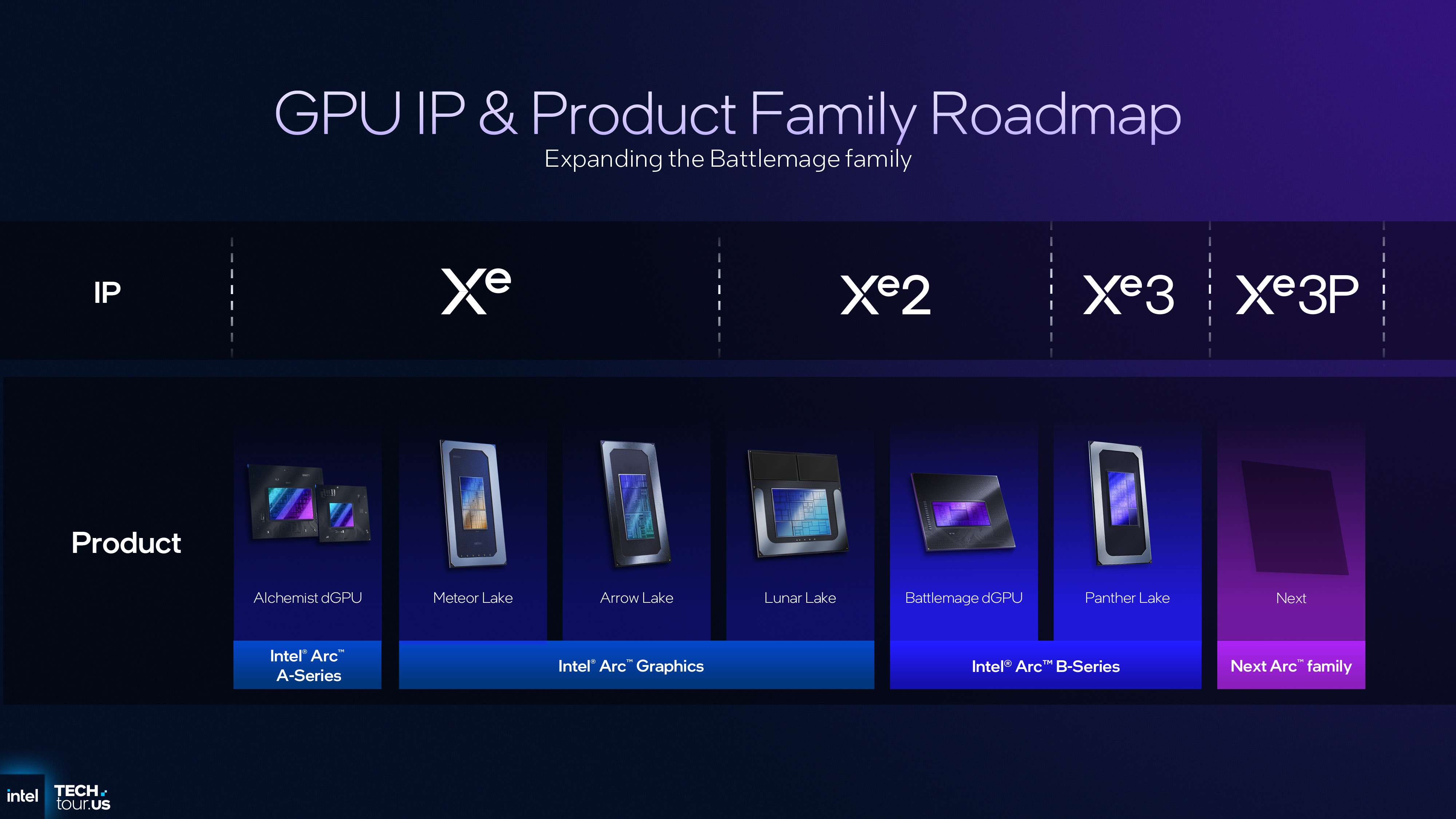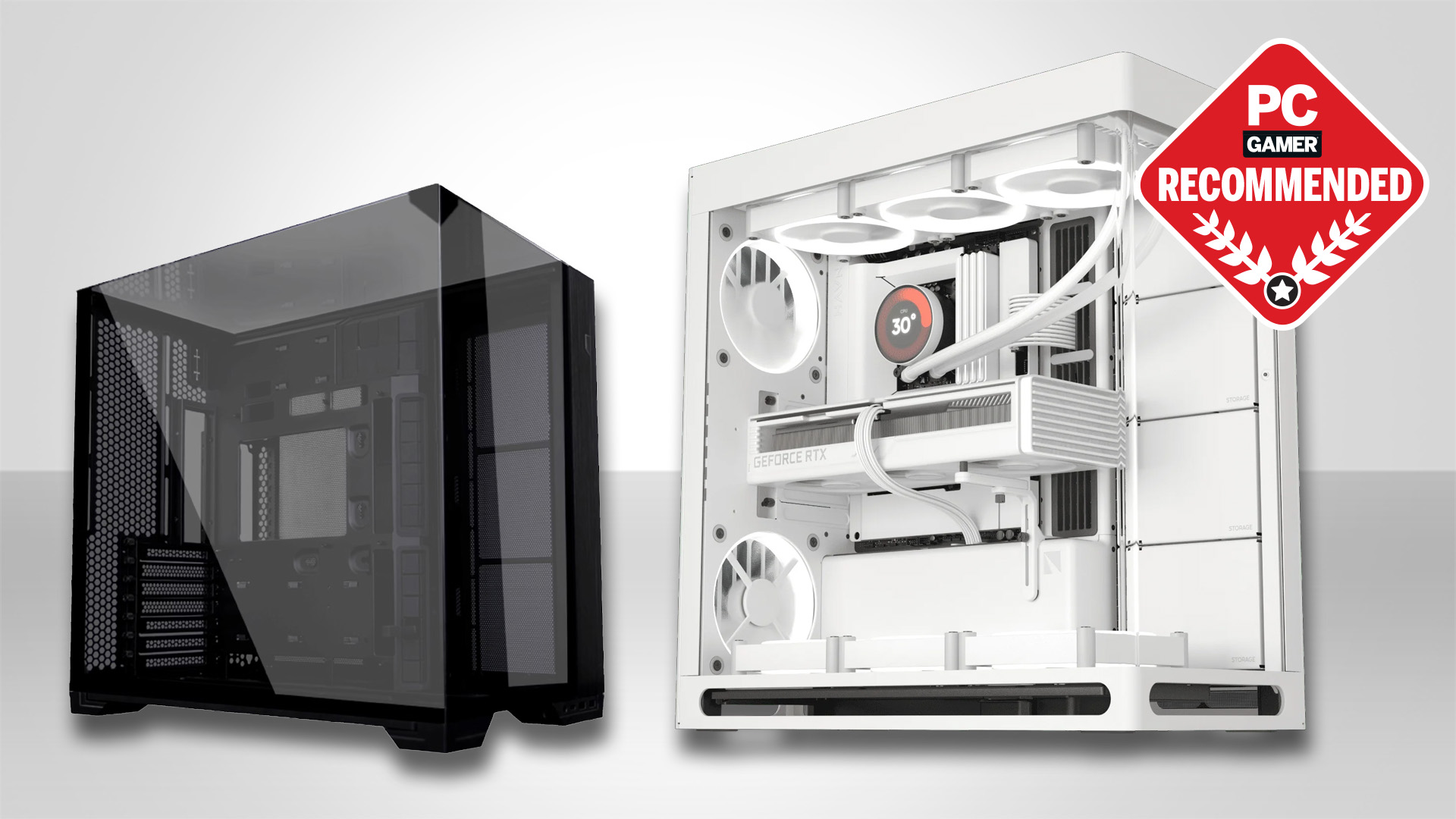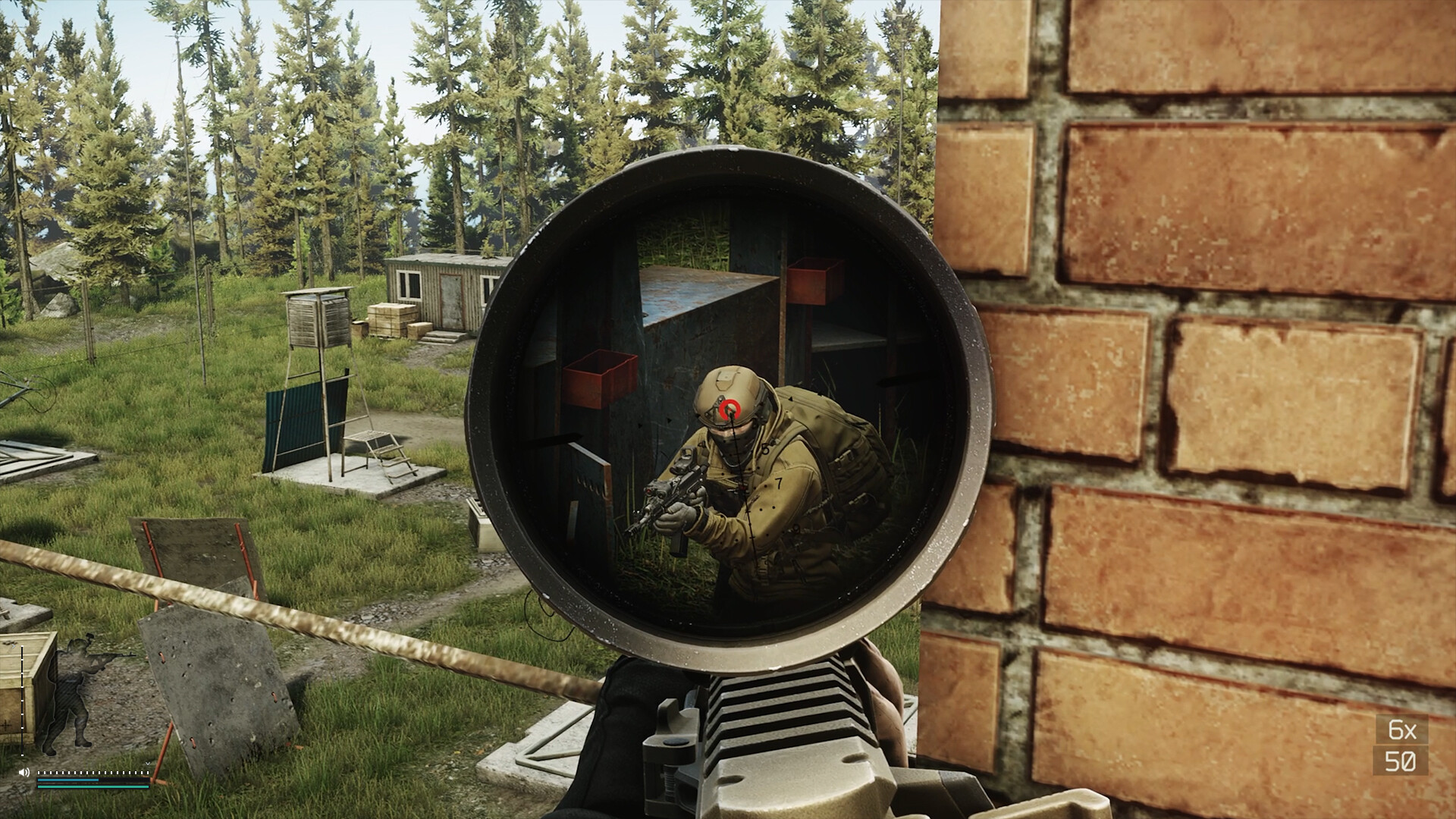The plot thickens as Intel announces a new data center GPU that could also preview its next-gen gaming graphics cards, but there's still no mention of Celestial
This GPU was made for inferencing.
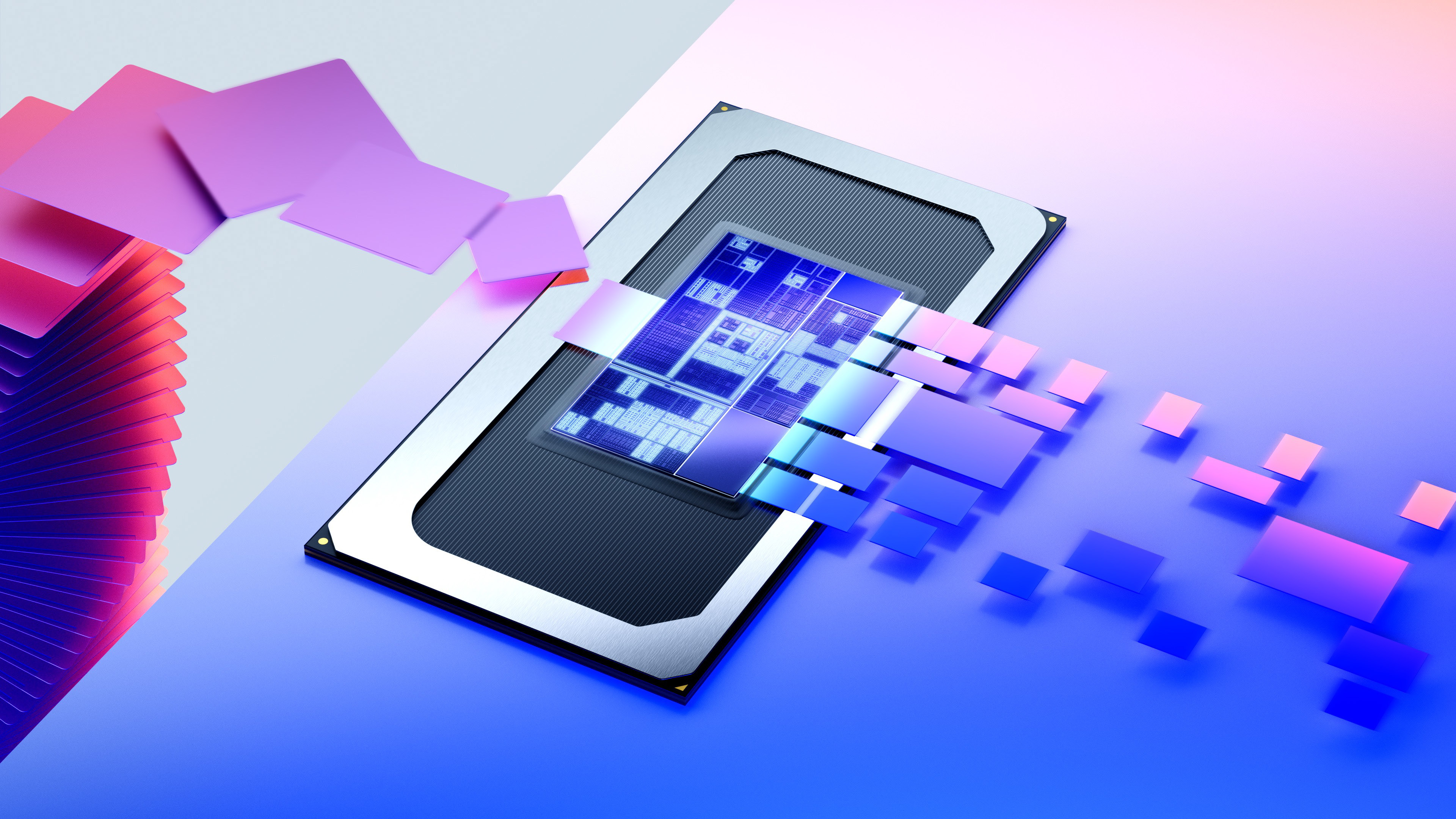
Just as we're deep in thought pondering the true character of the Xe3 iGPU in Intel's new Panther Lake laptop chip and what the heck the "Xe3P" thing is that popped up in the marketing slides, here comes a left-field announcement. Intel will launch a new GPU later next year that's purpose built for AI inferencing. And guess what? It's using that Xe3P graphics architecture.
Specs-wise, other than the simple fact that the new GPU, codenamed Crescent Island, is using that next-gen Xe3P technology, there's little to go on. The only other detail is 160 GB of LPDDR5X memory.
Actually, that's a relatively revealing spec as it implies this GPU will be a value play, at least in the context of megabucks AI chips. Were it aiming at top-tier AI performance, it would more likely use something along the lines of HBM or High Bandwidth Memory over a huge memory bus. Notably, there's no mention at all of Celestial, the graphics architecture that was supposed to follow Intel's current Battlemage tech, which was previously presented under the Xe3 brand and was equally absent from the Panther Lake launch, despite that chip getting Xe3 graphics.
Anyway, Intel says that Crescent Island won't be out until the second half of next year, so this is an uncharacteristically early mention for a product so far off in the future. However, given that Intel doesn't really have an existing product in this part of the market, if you assume that the existing Intel Arc Pro B-Series GPUs are probably much lower performing, there's no spoiler effect of announcing Crescent Island now.
And as Phoronix suggests here, confirming Crescent Island now allows Intel to keep working on its software support for professional GPUs, without the need to worry that some or other patch that mentions the new GPU is spotted and causes speculation.
Of course, the speculation that won't stop is the question of how Crescent Island might relate to future Intel gaming GPUs. It absolutely isn't hyperbole to suggest a possible link. After all, Intel has said Crescent Island is based on Xe3P and also placed Xe3P on the roadmap as the graphics architecture for PCs that will follow the new Xe3 technology in Panther Lake.
In truth, we just can't know for now. It's possible Crescent Island could be just like an Nvidia RTX 5090—a powerful GPU that can turn its hand to almost anything, including AI inferencing and gaming. Or it could be much more purpose-built and not even able to run a full 3D pipeline, again like Nvidia's GB200 AI megachip, albeit probably smaller and less expensive.
Keep up to date with the most important stories and the best deals, as picked by the PC Gamer team.
After all, GB200 is Blackwell, just like every RTX 50 graphics card. It's just that version of the Blackwell architecture lacks features like texture and ray-tracing units. So, it's hard to say with confidence what Xe3P will be like in data centers as opposed to in the PC.
All that said, there is at least one reason to hope that Crescent Island could also do duty as a gaming GPU or at least signals that Intel is keeping faith with high-performance PC graphics. Xe3P has now been attached to both this new Crescent Island GPU and Intel's next generation of PC graphics, albeit the latter in only the vaguest terms.
Now, given Intel's broader problems at the moment, one might suggest that it's unlikely the chip maker has enough resource to design lots of very bespoke graphics architectures. It might be more reasonable to expect that Intel is going for a more unified approach. And if that's the case, building a powerful GPU for inferencing could result in a ready-baked and very capable gaming chip.
Or maybe not, we'll have to see. But we are allowed to hope. And we'll make do with this tidbit Intel has thrown us, for now. And also conclude that whatever Intel's Celestial graphics tech is or was, Intel has decided to ditch the name, at the very least.
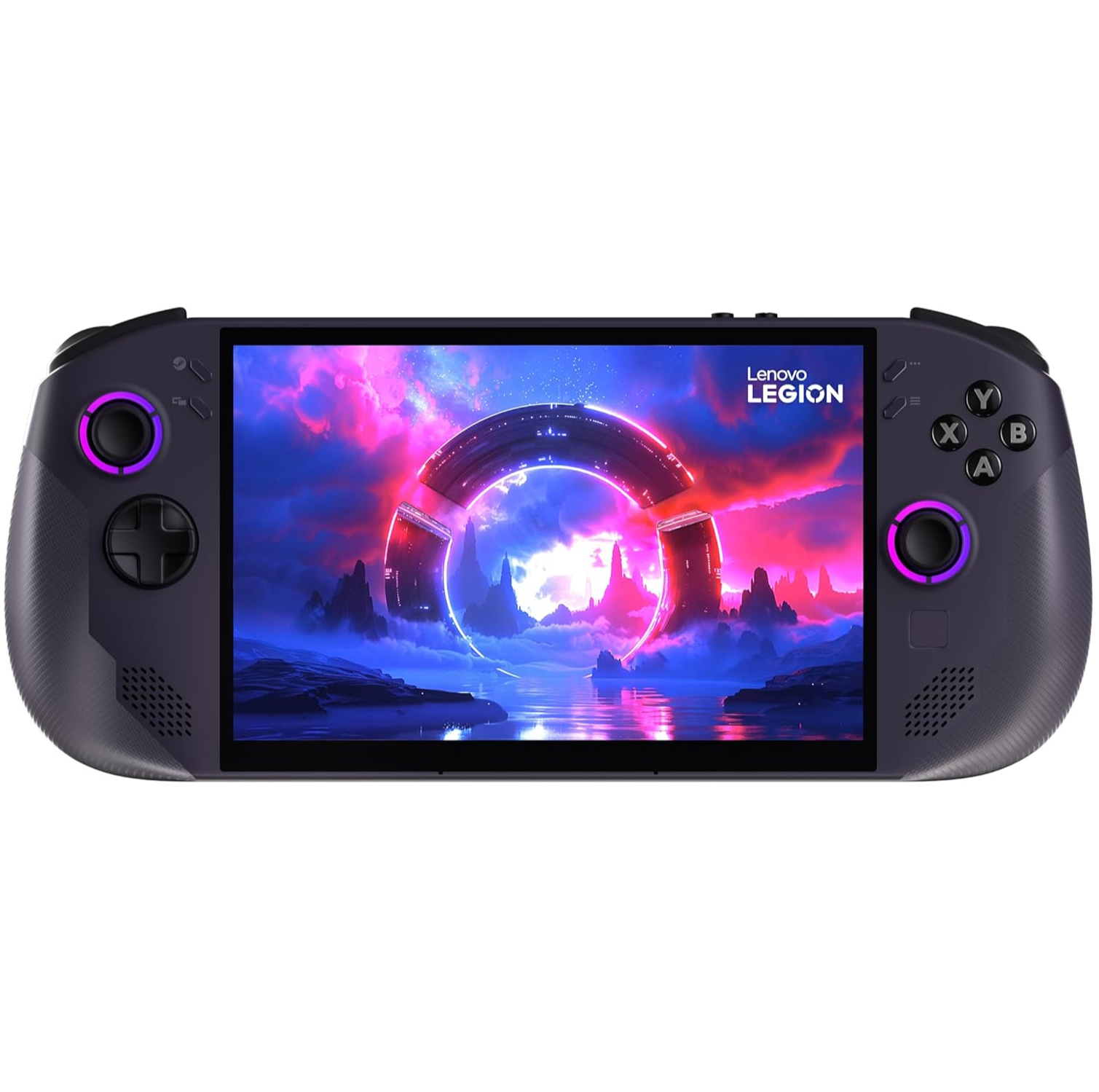
1. Best overall:
Lenovo Legion Go S SteamOS ed.
2. Best budget:
Steam Deck
3. Best Windows:
MSI Claw 8 AI+
4. Best big screen:
Lenovo Legion Go
5. Best compact:
Ayaneo Flip DS

Jeremy has been writing about technology and PCs since the 90nm Netburst era (Google it!) and enjoys nothing more than a serious dissertation on the finer points of monitor input lag and overshoot followed by a forensic examination of advanced lithography. Or maybe he just likes machines that go “ping!” He also has a thing for tennis and cars.
You must confirm your public display name before commenting
Please logout and then login again, you will then be prompted to enter your display name.
